Restaurant Ordering System
A restaurant ordering system is a digital platform that allows customers to place food orders online or in person at restaurants. It’s important because it streamlines the ordering process, reduces errors, improves efficiency, and enhances customer satisfaction. This system supports business growth by accommodating more orders and providing valuable insights into customer preferences.
Key Takeaways
- In-House Restaurant Ordering Systems: Provides control and customization but requires maintenance and updates.
- Online or External Ordering Systems: Offers simplicity and support but less control over operations.
- Set a Clear Budget and Stick to It: Avoids overspending and ensures the system’s cost-effectiveness.
- Create a Shortlist and Read Reviews: This helps identify reputable systems and avoid poor investments.
- Think About Ease of Use and Support: Ensures staff can efficiently manage the system and get help when needed.
- Explore the Different Billing Options: Understand costs upfront to avoid unexpected fees and choose the best plan.
- Evaluate the Most Essential Features: Focuses on must-have functionalities that meet your restaurant’s specific needs.
- Contemplate Integration and Data: Checks compatibility with existing systems and the usefulness of data analytics.
- Look Out for Any Free Trials or Demos: Test the system before committing to ensure it meets all needs and expectations.
Table of Contents:
- The Restaurant Industry: A Brief Overview
- What is a Restaurant Ordering System?
- Why is a Restaurant Ordering System Important?
- What Are the Advantages of a Restaurant Ordering System?
- Main Types of Restaurant Ordering Systems
- Top Tips for Choosing the Best Restaurant Ordering System
- Finding the Right Online Ordering System
- Essential Restaurant Management Software
- Valuable Restaurant Technology Solutions
- Must-Have Features of an Online Restaurant Ordering System
Introduction
Your restaurant ordering system is one of the most important pieces of technology you will ever invest in, which means it is essential to make the right decision. In this article, you can read some useful tips that will make this process easier and allow you to find the best ordering system for your business.
The Restaurant Industry: A Brief Overview
Before exploring the best ways to select your restaurant ordering system, it makes sense to clarify what the restaurant industry is and how it differs from the broader food service industry.
The restaurant industry covers a sub-section of food service, with a restaurant meaning a place where food is prepared and can be eaten on the premises. With this context, many different businesses fall within this category, from traditional restaurants, to fast food restaurants, diners, cafes, and even some food stands.
In the “Restaurant Industry: Overview, Types, Examples and More” post, you will find a more comprehensive definition of the industry, along with an overview of the different types of businesses that make up this industry.
What is a Restaurant Ordering System?
A restaurant ordering system is a system used by restaurants to accept orders from customers. Ordering systems can take different forms, from a simple on-site food ordering system operated by staff, to a self-service ordering system used by customers on-site, or an online ordering system used to place orders on an app or website.
Regardless of the precise system, the basic premise is the same. The customer either places their order directly using a self-service interface, or communicates it to a restaurant employee who places the order into the system. This information is then sent to the back-of-house team, who get to work on preparing the food.
Once the food is prepared, it can either be brought to the customer’s table if they are dining in, given to the customer if they are collecting the food for a takeaway, or delivered to the customer if they have requested a home delivery. The system makes information about the order easily accessible, potentially preventing confusion.
A restaurant ordering system will allow your restaurant to accept and process payments. Ideally, it should support multiple payment options, including card payments, cash payments and digital wallet payments. Integration with other systems can also allow inventory information, financial information, and other data to be updated automatically.
Video: How Restaurant Ordering System works?
Why is a Restaurant Ordering System Important?
Finding the right restaurant ordering system is a crucial restaurant management decision, because your chosen system will play a major role in determining the customer experience. Within your restaurant, the decision between self-service, counter service, and traditional table service fundamentally alters how people order food.
With an online ordering system, meanwhile, you have the chance to expand your business and reach out beyond your premises, to customers who may not be able to visit your restaurant, but who may wish to try your food at home. This particular type of restaurant ordering system also helps expand your restaurant marketing efforts.
Having your system for takeaway and delivery orders is beneficial compared to third-party platforms because your restaurant gets to keep all of the money. By contrast, if you use a third-party platform, you will either need to pay commission fees, listing fees, or both. Additionally, online orders can often be more convenient for customers than asking them to call on the telephone or visit your restaurant in person.
For your employees, your chosen restaurant ordering system can help to reduce communication errors and mistakes, while also making it easier to analyze customer behaviors and preferences. With systems that offer integration, your employees can also benefit from automation tools, avoiding situations where ingredients or specific items unexpectedly run out, or automatically highlighting the menu items that are in demand and those that are not.
What Are the Advantages of a Restaurant Ordering System?
A good restaurant ordering system offers a number of significant advantages for restaurateurs, including the ability to consolidate order information in one place. This not only improves customer service and helps to avoid mistakes created through miscommunication, it also allows order data to be analyzed and understood.
An online ordering system serves as a form of restaurant advertising, which can help to attract more customers. High-quality ordering systems provide a number of automation tools, reducing the workload of staff, potentially lowering some of your costs, and avoiding situations where tasks are overlooked or forgotten.
Digital ordering systems could also be used by customers to re-order past food orders, improving efficiency.
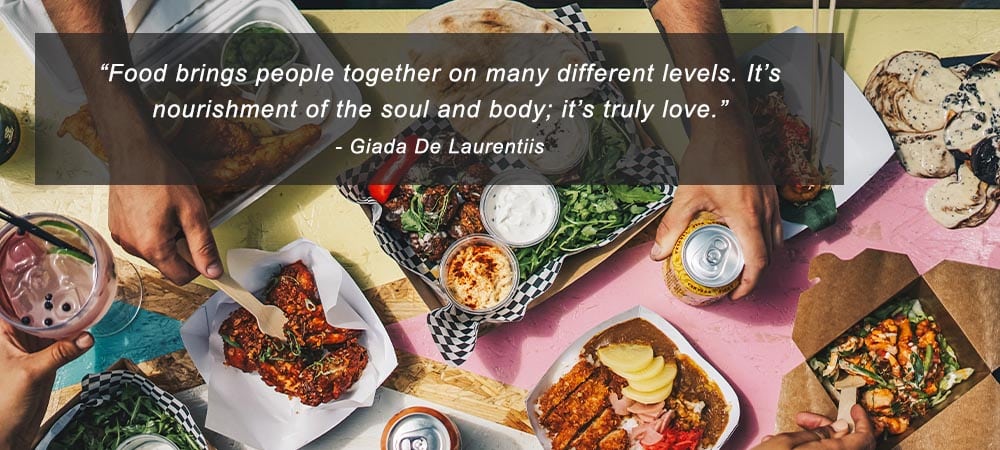

Main Types of Restaurant Ordering Systems
In general, restaurant ordering system solutions can be divided into two main types, which are:
1. In-House Restaurant Ordering Systems
An in-house restaurant ordering system could be a modern, cloud-based ordering system, which allows for orders to be submitted by waiting staff from the table side, or a more traditional system, operated from a central location within your restaurant. Generally, cloud-based options provide greater flexibility, as they can be accessed using portable technology, such as a tablet or smartphone, and greater integration with other tools.
These systems are primarily designed to contend with in-person orders from within the restaurant or telephone orders. The order information is entered into the system by an employee and then passed to the back-of-house team.
2. Online or External Ordering Systems
Online or external ordering systems are generally self-service tools, which can be used directly by customers to place their orders. This type of restaurant ordering system is primarily associated with takeaway and food delivery orders, and the systems could be operated by your restaurant, or by a third party.
Online systems make it easier for customers to place orders and reduce the chances of miscommunication because customers make their selections from a digital menu. It is also increasingly common for restaurants to use online systems for guests dining on the premises, and in these cases, the menu can often be accessed via a QR code.
Top Tips for Choosing the Best Restaurant Ordering System
In the sections below, you can read helpful tips that will assist you in finding the right restaurant ordering system.
1. Set a Clear Budget and Stick to It
There is a wide range of restaurant ordering systems on the market, but you need to be clear about how much money you must spend. Before you begin your search, allocate a clear budget to your restaurant ordering system and stick to it. You want to treat it like a priority investment, but you should not spend more than you can afford.
Establishing your budget will help to narrow down the available options. You should also contemplate the extra money you will generate with your chosen restaurant ordering system and factor this into your financial thinking.
2. Create a Shortlist and Read Reviews
Next, you need to explore the various options on the market, then identify options that fall within your budget and seem like possible fits for your business. Once you have a number of possible options, you can start to regard this as your shortlist, and you can begin to look into these options further.
A good starting point with this is to read reviews for the restaurant ordering system. These can be user reviews or professional reviews. Look for some of the negative feedback and consider how relevant you think the problems would be to you. Try not to focus on individual reviews, but instead look to build up a picture of the consensus.
3. Think About Ease of Use and Support
When exploring your restaurant ordering system shortlist, place a strong emphasis on how easy you think each system will be to use and the level of support available. While simplicity needs to be balanced against the range of features on offer, it is generally best to use a system that will be relatively easy for employees to use.
A user-friendly ordering system will reduce the time you need to train your employees to use the system. It will also make it easier for your customers to place orders, which could result in fewer customers backing out during the ordering process. Try to find a system where technical support is available if you encounter problems.
4. Explore the Different Billing Options
Customers increasingly expect a degree of flexibility, and regardless of whether you are involved in traditional, fast food, or hotel restaurant management, you will want as many different billing options as possible. On a basic level, this can involve allowing customers to pay online and pay in person.
However, diving deeper, you should look into the ways receipts are sent to customers and the different payment options that are supported. This can include support for contactless payments, cash payments, online card payments, or payments made via digital wallets or similar services, including PayPal, Google Pay, and Apple Pay.
5. Evaluate the Most Essential Features
As you continue to examine the different options, you will need to compare the different features. Make a note of some of the features you want from your system and try to decide on top priorities. Then, you can conduct research and find out which options have the features that you feel are going to be most critical.
Some of the possible things to explore here include menu customization tools, options for social media integration, whether or not the system supports GPS tracking, and whether it is cloud-based or relies on on-site deployment.
Video: Delivery Tracking using GPS
6. Contemplate Integration and Data
Another key aspect to think about is the amount of integration that is possible. Can the system be used to automate certain tasks? What data is gathered about customers, and could this data assist you in improving outcomes?
Can your shortlisted systems be integrated with your inventory tracking system? Are there integration options for restaurant management revenue and financial data? Beyond this, you need to think about how data is organized and presented, and whether the system can be used to analyze menu items, customer behavior, and financial trends.
7. Look Out for Any Free Trials or Demos
Finally, a great way to decide between different options is to try before you buy. Some of the best restaurant ordering systems offer demos or free trial periods. Where this is the case, you can potentially use these trial periods or demos to test different options and see the best fit within your restaurant.
Depending on the restaurant ordering system in question, you may be unable to access all of the features during a trial. However, you should be able to understand how it works and what the interface is like.
Finding the Right Online Ordering System
One of the most popular examples of a restaurant ordering system is an online ordering system, allowing your customers to make takeaway and delivery orders using either your website or your mobile app. Given this importance, it is absolutely crucial to carry out research and find the right option for your circumstances.
In the “Online Food Ordering System: Must-Have Features When Choosing One” article, you will find a more complete overview of how online food ordering systems work and the main features you should look out for.
Essential Restaurant Management Software
Your restaurant ordering system is a major example of restaurant management software, but there are other tools you need to invest in, too. For instance, most restaurants could benefit from restaurant reservation software, accounting and finance software, CRM software, and a POS system, among other tools.
In the “Restaurant Management Software: A Complete Overview” article, you will learn about the value of restaurant management solutions and explore examples of the different systems you should consider acquiring.
Valuable Restaurant Technology Solutions
Technology is helping to transform the restaurant sector, and investing in the right areas can help you to deliver a much better experience for your employees and customers alike. Examples include restaurant chatbots for dealing with basic customer service communications, digital kitchen displays for greater clarity and organization, or air purification technology to provide a more pleasant environment for your customers.
In the “Latest Restaurant Technology Trends You Need to Know About” article, you can learn more about the emerging technology solutions and why they are valuable to restaurateurs.
Must-Have Features of an Online Restaurant Ordering System
Your restaurant ordering system plays a key role in day-to-day operations, but you can expand your reach and maximize earnings with an online restaurant ordering system that can allow customers to place takeaway orders. However, you need to make sure you are investing in a system that will attract customers and keep them coming back.
In the “Online Restaurant Ordering System Must-Have Functionalities” article, you will learn more about how these systems differ from a conventional restaurant ordering system and what the most essential features are.
Restaurant Ordering System FAQs
Finding the right restaurant ordering system can make life easier for your own staff and for your customers, too. However, you need to choose wisely, which means researching, exploring the key features, prioritizing user-friendly options, and finding a system that meets your requirements, without breaking your budget.

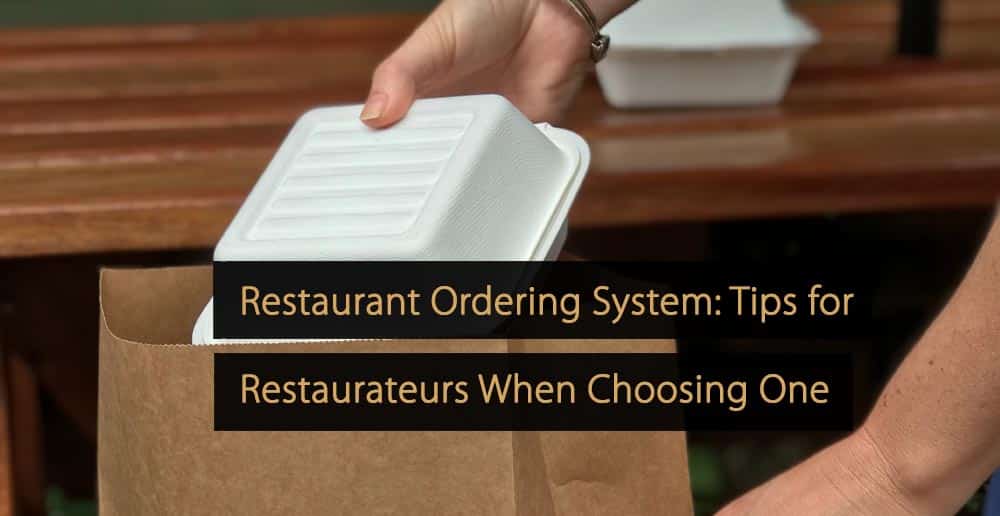

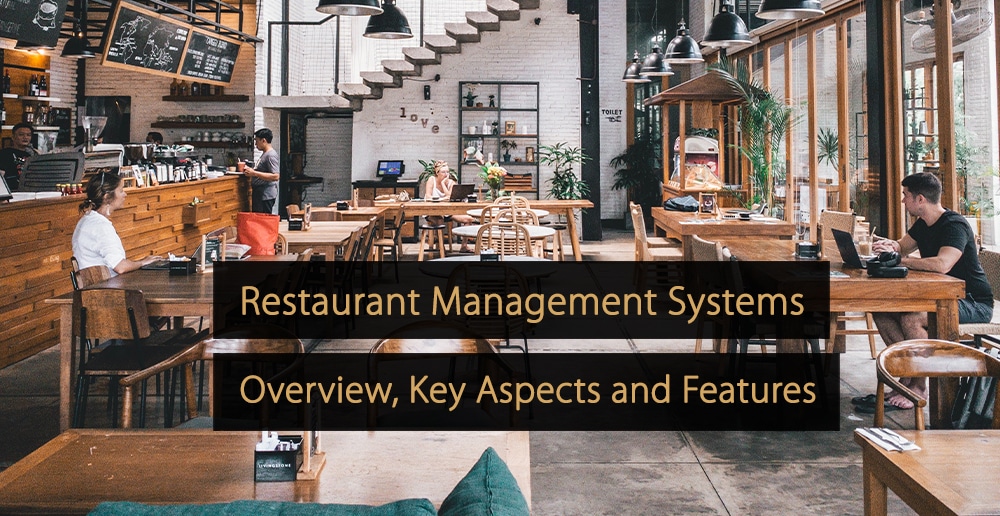
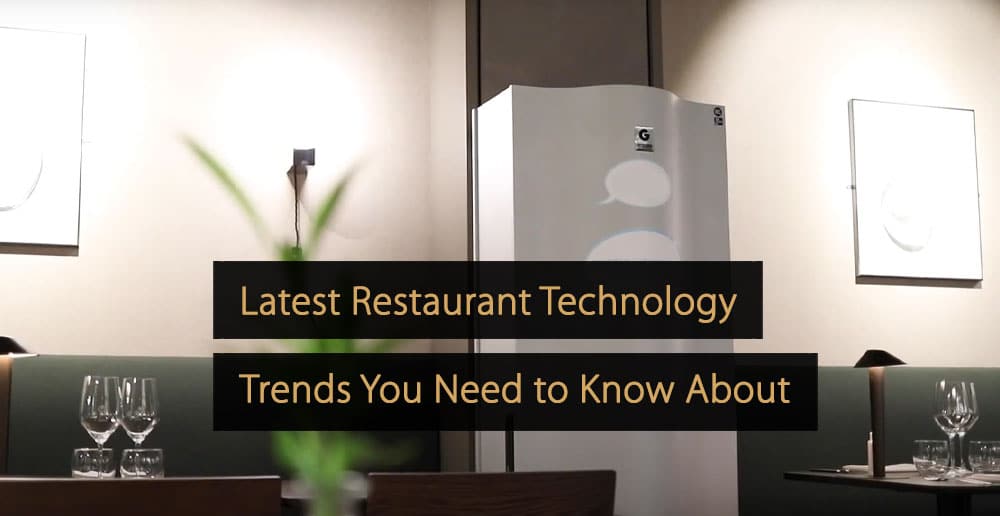
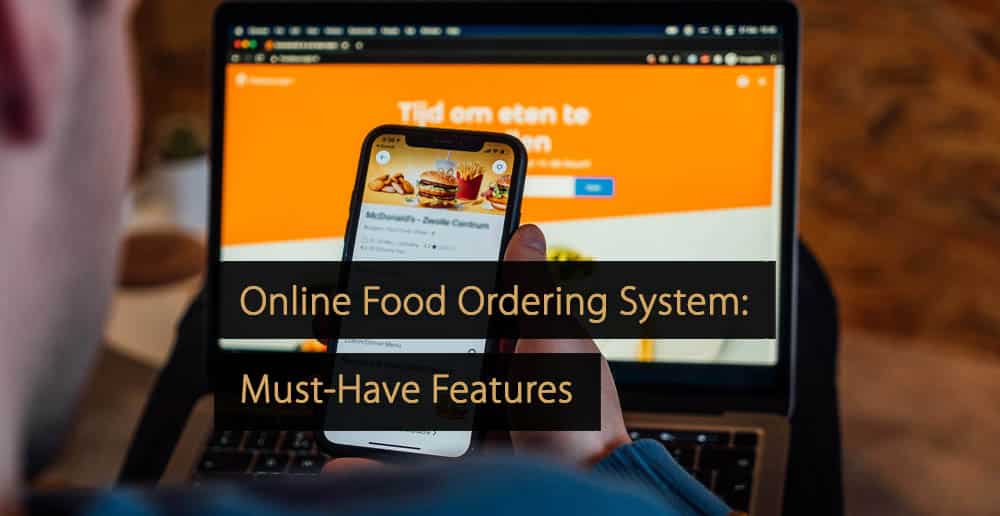
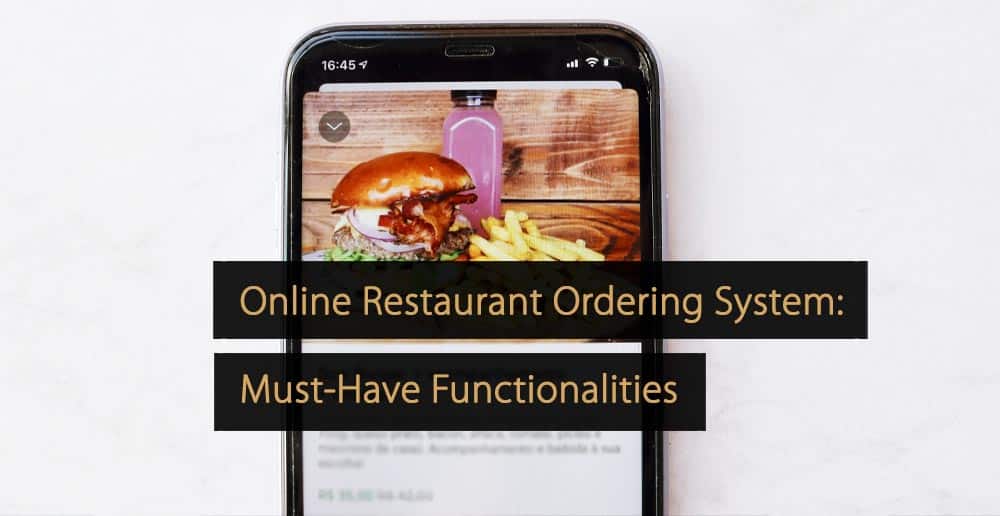
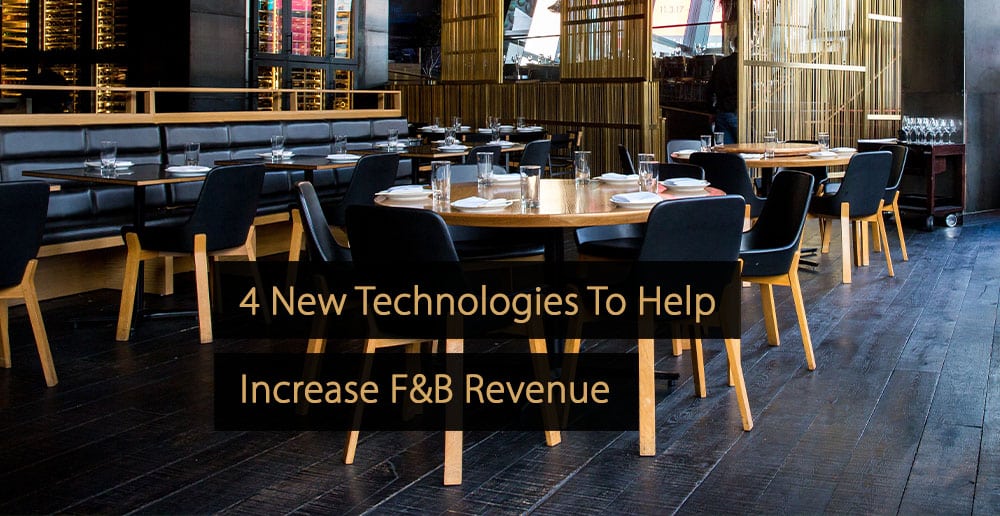
Leave A Comment